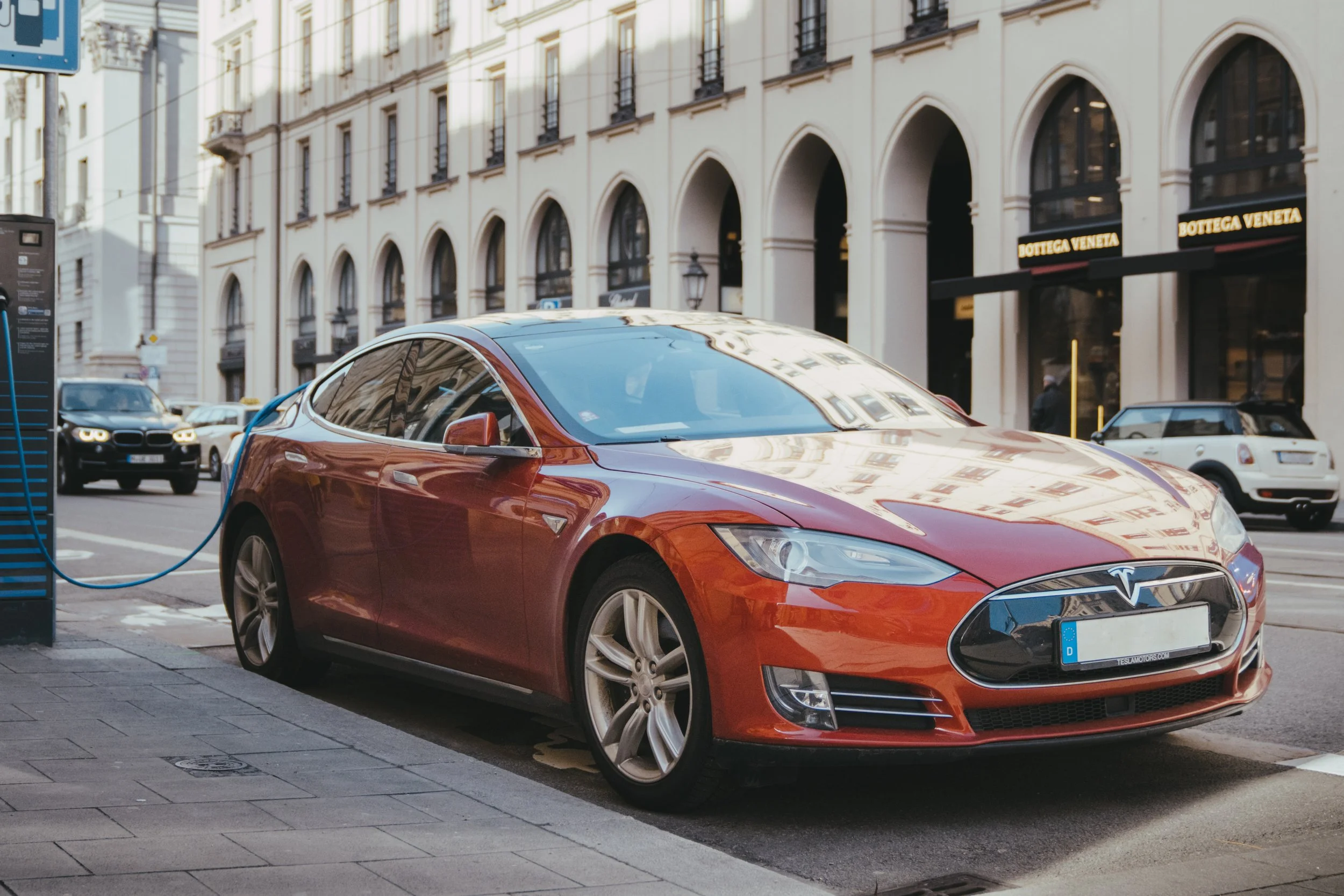The IRS recently issued new guidance on electric vehicles.
There are four ways you can potentially benefit from a federal tax credit for an EV you place in service in 2023 or later
The IRS recently issued new guidance on electric vehicles. There are four ways you can potentially benefit from a federal tax credit for an EV you place in service in 2023 or later:
Purchase an EV, and claim the clean vehicle credit.
Lease an EV, and benefit from the lessor’s EV discount.
Purchase a used EV that qualifies for the used EV tax credit.
Purchase an EV for business use, and claim the new commercial clean vehicle tax credit.
The new clean vehicle credit is available through 2032, with a maximum credit of $7,500.
To qualify for the clean vehicle credit, you must meet specific criteria, including income limits, vehicle price caps, and domestic assembly requirements. The credit amount for vehicles delivered on or after April 18, 2023, depends on the vehicle meeting critical minerals sourcing and/or battery components sourcing requirements.
If you can’t find an EV that qualifies for the credit or your income is too high, you can lease an EV from a leasing company that can claim up to a $7,500 commercial clean vehicle tax credit. The leasing company may then pass on all or part of the credit to you through reduced leasing costs.
For used EV purchases, you can earn a credit of up to $4,000, but you must buy the vehicle from a dealer and meet the law’s lower income caps and other restrictions.
Commercial clean vehicle tax credit
〰️
Commercial clean vehicle tax credit 〰️
Finally, if you purchase an EV for business use, you can qualify for the commercial clean vehicle tax credit, which is not subject to critical minerals or battery components rules, making it easier to qualify for this credit starting April 18, 2023.
To claim an EV credit, the seller must complete a seller’s report and provide a copy to you and the IRS. For the clean vehicle credit, you will file IRS Form 8936; for the commercial clean vehicle credit, you will file IRS Form 8936-A.

